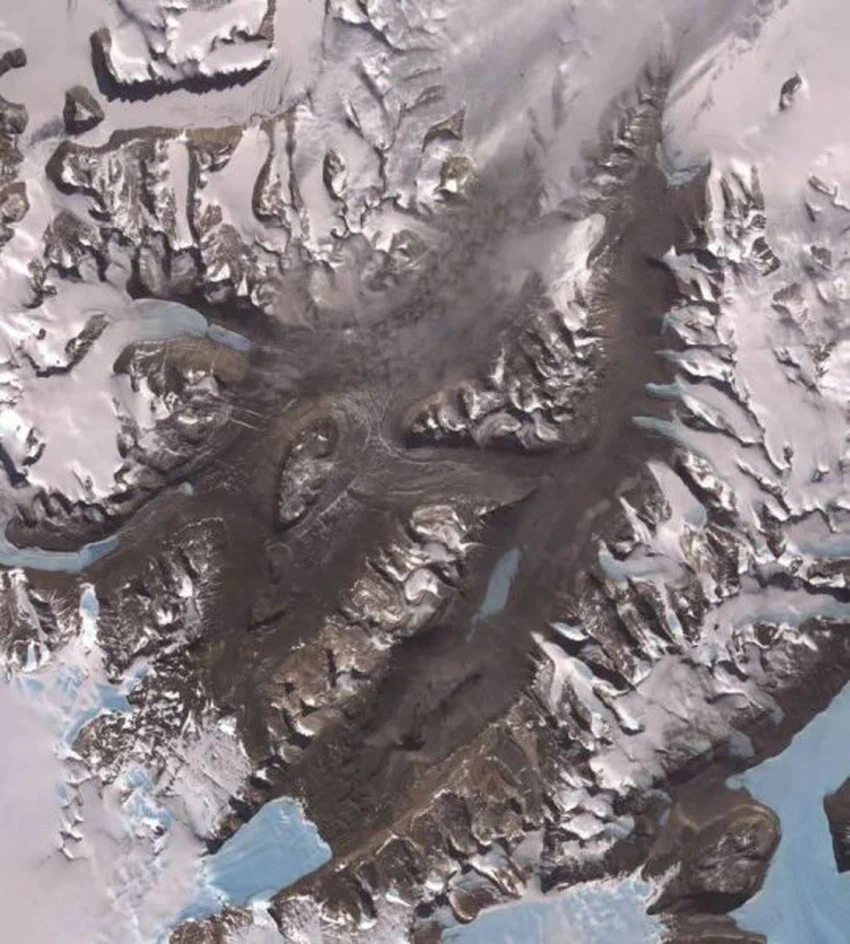Does it rain fish and frogs? 10 fun weather facts
Arab Weather - Weather is not just a regular topic of conversation or a reason to change your outdoor plans; it is a unique natural system full of strange and amazing phenomena. Here are 10 facts about weather that will make you look at it from a new angle:
10 Fun Facts About Weather
-
Rain of Fish and Frogs: Fact, Not Fiction
The phenomenon of “animal rain” may sound like something out of a fairy tale, but it is very real. It occurs when strong air currents within storms pick up small animals such as fish, frogs and even snakes, and carry them long distances in the sky before they fall as rain. This phenomenon is rare but has been documented in a few places around the world.
-
The driest place on Earth: Antarctica's McMurdo Dry Valleys
When you think of dryness, you might think of hot deserts, but the McMurdo Dry Valleys in Antarctica are the driest places on Earth. The average annual precipitation there is just 0.07 inches (2 mm), and the area hasn’t seen any rain or snow in millions of years. What’s even more exciting is that this region is the closest environment on Earth to the surface of Mars, according to scientists.

-
Diamond Rain: An Amazing Fact on Saturn and Jupiter
On Saturn and Jupiter, weather phenomena are dreamlike. Scientists believe that the enormous pressure and high temperatures in the atmospheres of these two planets lead to the formation of diamonds.
Under these conditions, methane turns into carbon, which condenses into diamonds that fall like rain into the deep atmosphere of the two planets.
-
Mawsynram in India: The wettest place in the world
The small village of Mawsynram in the Indian state of Meghalaya holds the title of the wettest place on Earth, receiving an average of 467 inches (11,861 mm) of rain a year.
Imagine the amount of rain that would fill an Olympic-sized swimming pool every day! This unique weather is due to the village's geographical location and the influence of the monsoons.

-
Lightning is hotter than the surface of the sun.
Lightning may seem like just a quick flash, but it carries a lot of heat energy. Lightning can reach temperatures of up to 53,500 degrees Fahrenheit (30,000 degrees Celsius), which is five times hotter than the surface of the sun, which is about 10,000 degrees Fahrenheit (5,500 degrees Celsius).
-
Fire Whirls: When Winds and Fires Mix
Fire whirls are one of nature's most violent phenomena. They are created when strong winds combine with intense heat from forest fires or volcanic eruptions, creating rotating columns of fire. Winds inside these whirls can reach speeds of up to 150 miles per hour (241 km/h), and can reach heights of 100 feet (30 meters).
-
Biowaves: A Natural Glow in the Sea
Although not a direct weather phenomenon, bioluminescent waves are worth mentioning. Some microscopic organisms in the ocean, such as plankton, produce light as a means of defense or to attract prey. When the waves move, they emit a stunning blue glow, making the water look like stars reflected back to Earth.
-
Clouds: Their weight is beyond imagination.
Clouds may look light and floating, but they carry a tremendous amount of weight. A typical cumulus cloud can contain millions of tons of water vapor. To put that into perspective, that’s the weight of a million elephants floating above the Earth!
-
The longest lightning bolt in the world
In 2020, the longest lightning bolt ever recorded in the United States sky spanned 477.8 miles (767.6 km) across Mississippi, Louisiana and Texas. That's roughly the distance between New York City and Columbus, Ohio.

-
What causes thunder?
Thunder is not caused by lightning itself, but by the rapid expansion of air when exposed to the intense heat of lightning. This sudden expansion creates pressure waves that travel as a booming sound. The sound we hear is actually the result of the surrounding air vibrating and bouncing off our eardrums.
Weather is an amazing world that opens the door to endless discoveries. The more you understand this dynamic system, the more you will appreciate and marvel at its beauty and mysteries. So, keep your eyes on the sky, you may witness a new phenomenon to add to your list of weather wonders!
See also:
Significant increase in cancer-causing radiation in Europe's skies
Arabia Weather App
Download the app to receive weather notifications and more..



